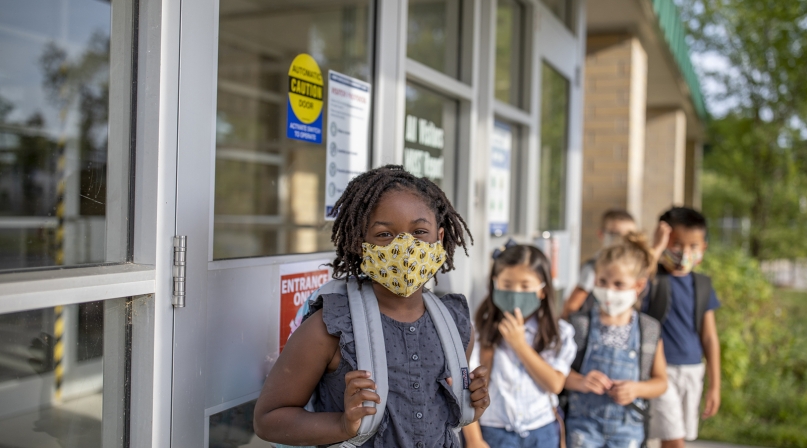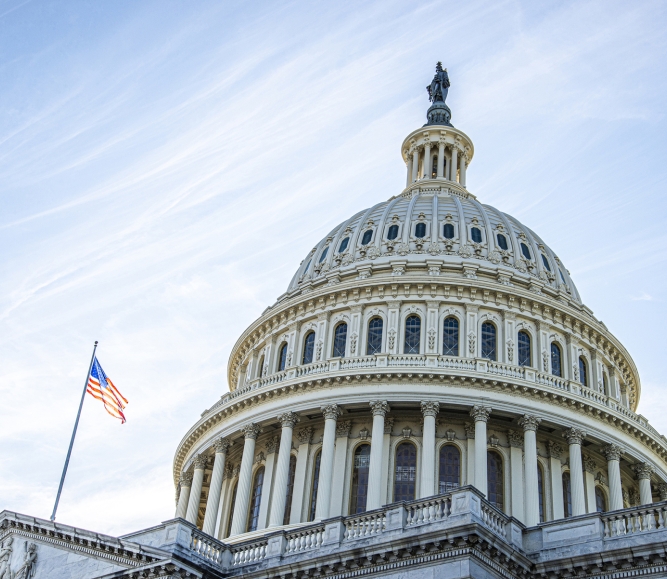Department of Education releases state allocations for new K-12 education relief funds
Author

Rachel Mackey
Upcoming Events
Related News

Key Takeaways
On March 17, the U.S. Department of Education announced the state-by-state allocations for the $122 billion in Elementary and Secondary School Emergency Relief (ESSER) funding appropriated under the American Rescue Plan (ARP) Act of 2021. Congress first established the ESSER under the CARES Act in March 2020 to help K-12 schools respond to the coronavirus pandemic, with $13.5 billion distributed according to the formula for Title I Grants to States, which directs federal dollars to school districts with high percentages of low-income students. The ESSER received an additional $54.3 billion under the Consolidated Appropriations Act of 2021.
ARP ESSER funds may be used to address the many impacts of COVID-19 on pre-K through 12 education, including:
- Safety measures to support school reopening, such as enhanced ventilation and the purchase of Personal Protective Equipment.
- Hiring additional staff, including educators, administrators, nurses and custodians.
- Addressing the impact of the COVID-19 pandemic on students’ learning and social, emotional and mental health (states must set aside at least one percent for this purpose)
- Funding for Wi-Fi hotspots and devices for students without connectivity for remote learning and supporting educators in the effective use of technology.
- Supporting summer and afterschool enrichment programs (states must set aside at least percent for each, respectively).
On top of the ESSER funds, the ARP includes $800 million for wraparound services for homeless students, $2.75 billion to support private schools and $3.03 billion for Individuals with Disabilities in Education Act (IDEA). In coordination, the U.S. Department for Health and Human Services Centers for Disease Control plans to offer $10 billion to states to support COVID-19 screening and testing for K-12 teachers, staff, and students in schools.
Along with sharing a tax base with local school boards and providing complementary services to local students, counties play a role in supporting and funding K-12 schools in six states: Alaska (which will receive $359.7 million), Maryland (which will receive $1.9 billion), North Carolina (which will receive $3.6 billion), Virginia (which will receive $2.1 billion), Tennessee (which will receive $2.5 billion) and Mississippi (which will receive $1.6 billion). Regardless of the county role in funding K-12 schools, county officials recognize that safe school reopening is vitally important for child wellbeing and economic recovery.
Resource
NACo Analysis of the American Rescue Plan Act

Related News

El Paso County, Texas helps migrants on their way
Though they don't often stay more than a day, asylum seekers receive care and services from El Paso County, Texas before they leave for their next destination.

L.A. County fends off homelessness with an assist from A.I.
A predictive model pulls data from six county departments to create a list of the county’s most vulnerable population — people who frequently show up in the county’s criminal justice and hospital systems and who access benefits like SNAP.
